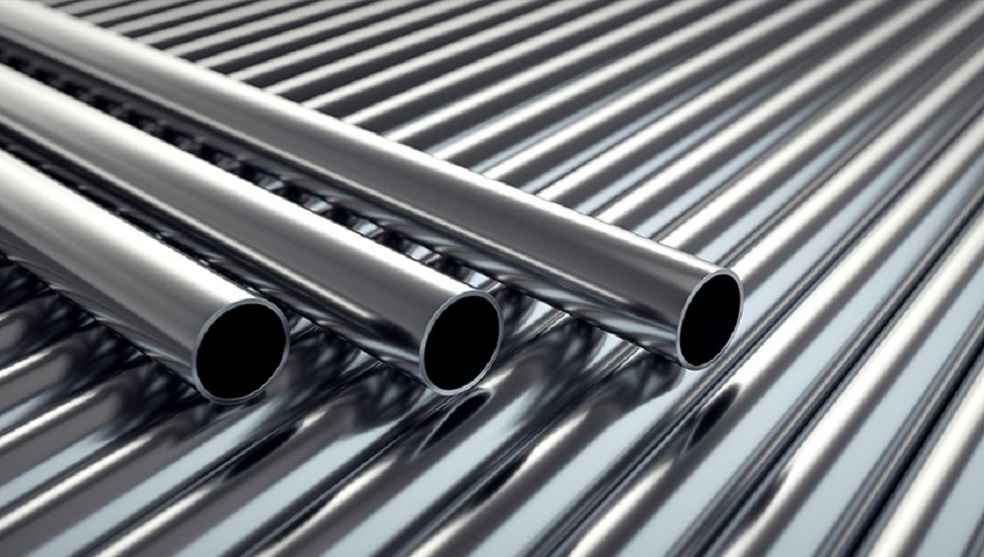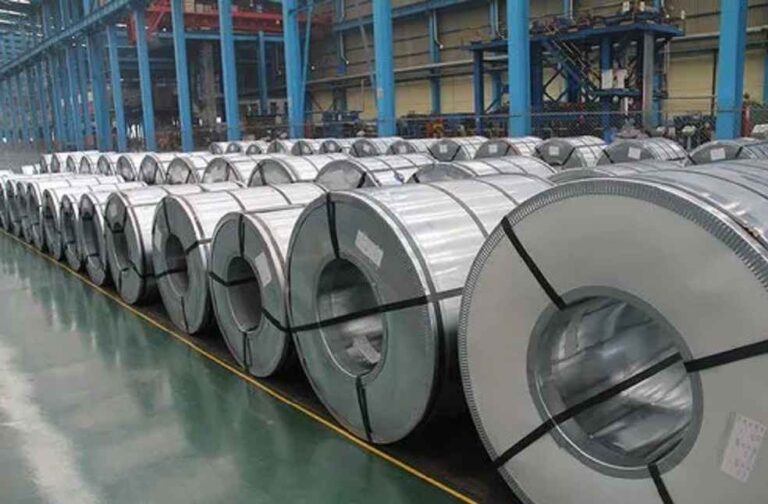Future Market Insights forecasts that the global Stainless Steel Market will command a remarkable valuation of $215.89 billion by 2033, a significant leap from its 2023 valuation of $126.38 billion. This trajectory, charting a CAGR of 5.5%, accentuates the escalating significance of stainless steel across diverse sectors.
A worldwide surge in infrastructure and housing initiatives amplifies stainless steel demand. This adaptable alloy witnessed heightened demand across domains from construction, automotive, and aerospace to electronics and healthcare. The alloy’s undeniable attributes, such as its strength, corrosion resistance, aesthetic appeal, longevity, and cost-efficiency, act as catalysts for its market growth.
Emerging markets play a pivotal role, given the swift urbanization and demographic spikes within these regions. As urban landscapes evolve, so does the requisition for stainless steel across residential, commercial, and transportation ventures. Given its unparalleled corrosion resistance, its utility spans marine, chemical, and water treatment sectors. Its indispensability becomes palpable with the proliferating manufacturing sectors.

The realm of construction will likely witness a marked rise in stainless steel usage. Technological strides have bolstered the alloy’s inherent qualities while making it more economical. A surge across both commercial and residential construction domains ensures the persistent demand for stainless steel.
The automotive industry’s rapid evolution serves as a cornerstone for stainless steel’s burgeoning demand. With attributes like high strength, heat, and corrosion resistance, the material becomes indispensable for varied vehicle components. The evolution of electric vehicles accentuates this demand, positioning the automotive sector as a substantial contributor to the stainless steel market.
Specialized stainless steel variants tailored for specific applications are gaining surge. The aerospace sector shows a penchant for lightweight stainless steel variants, targeting optimal fuel economy and minimal carbon footprints. The food and beverage industry, with an emphasis on hygiene and easy maintenance, leans heavily towards stainless steel for its apparatus.

Emerging global trends such as mobility, urban evolution, demographic growth, economic dynamics, and the repercussions from climate change subtly shape the trajectory of the stainless steel market. Escalating CO2 emissions globally impels the steel industry to innovate, emphasizing environmentally friendly, durable, and post-use recyclable solutions.
With its recyclability and protracted lifespan, stainless steel attracts eco-conscious consumers and industries. This transition towards sustainability creates opportunities for entities specializing in stainless steel recycling and processing. Continuous research and development ensure that innovative alloys will cater to niche applications.
At its core, the stainless steel market stands at a pivotal juncture, fueled by global shifts, innovations, and unwavering demand across domains. Its projected valuation of $215.89 billion by 2033 symbolizes its expanding relevance on the global tableau.
LATEST NEWS | Indonesia Defends Nickel Ore Export Ban, Amid EU Disputes



